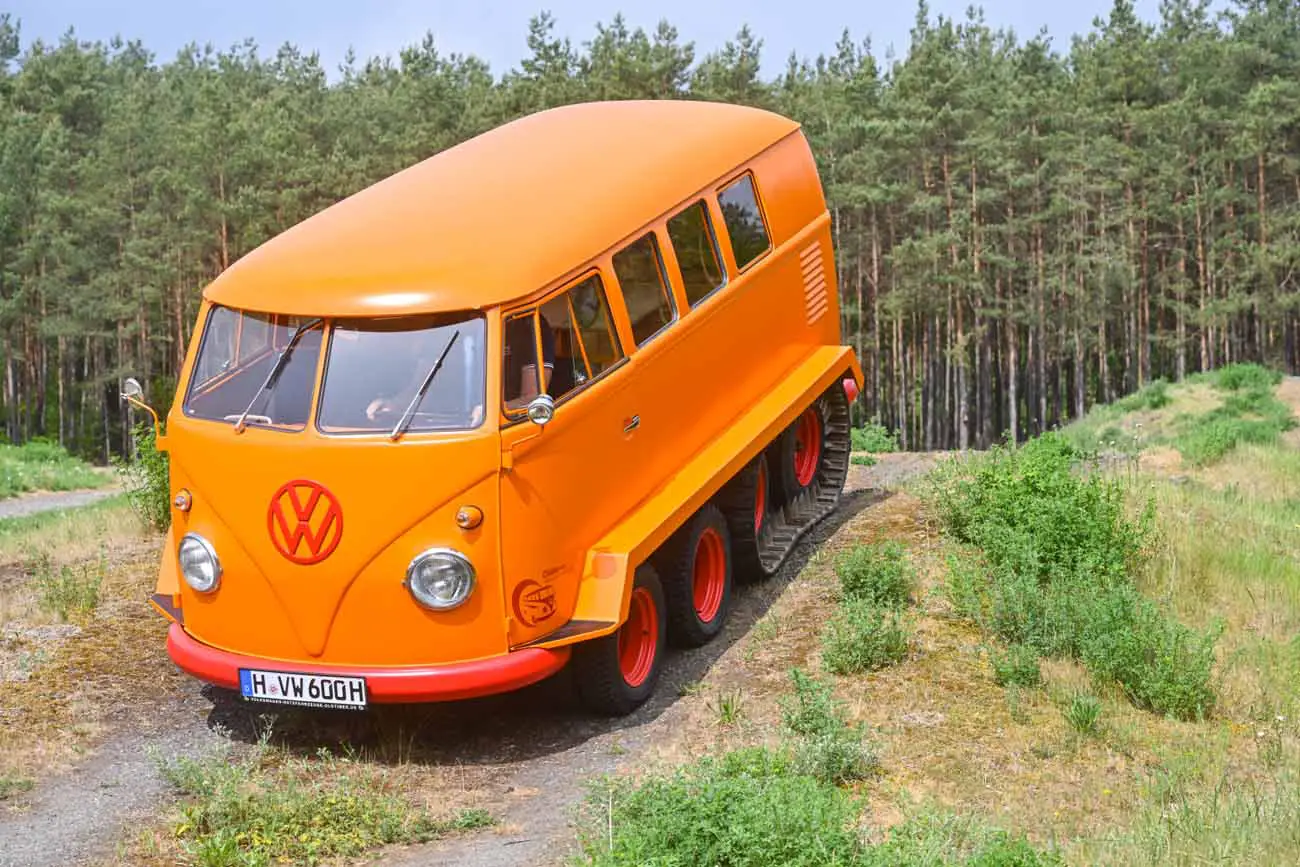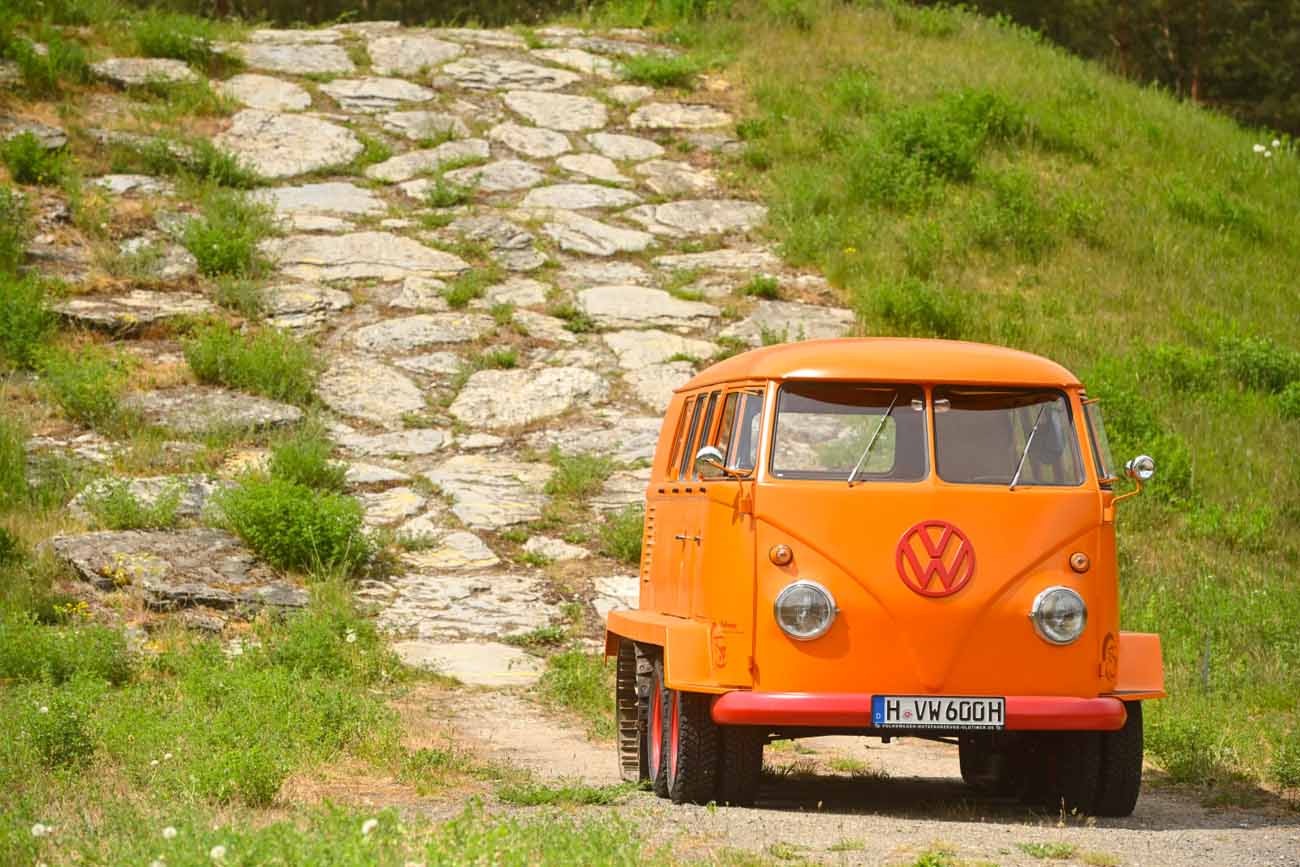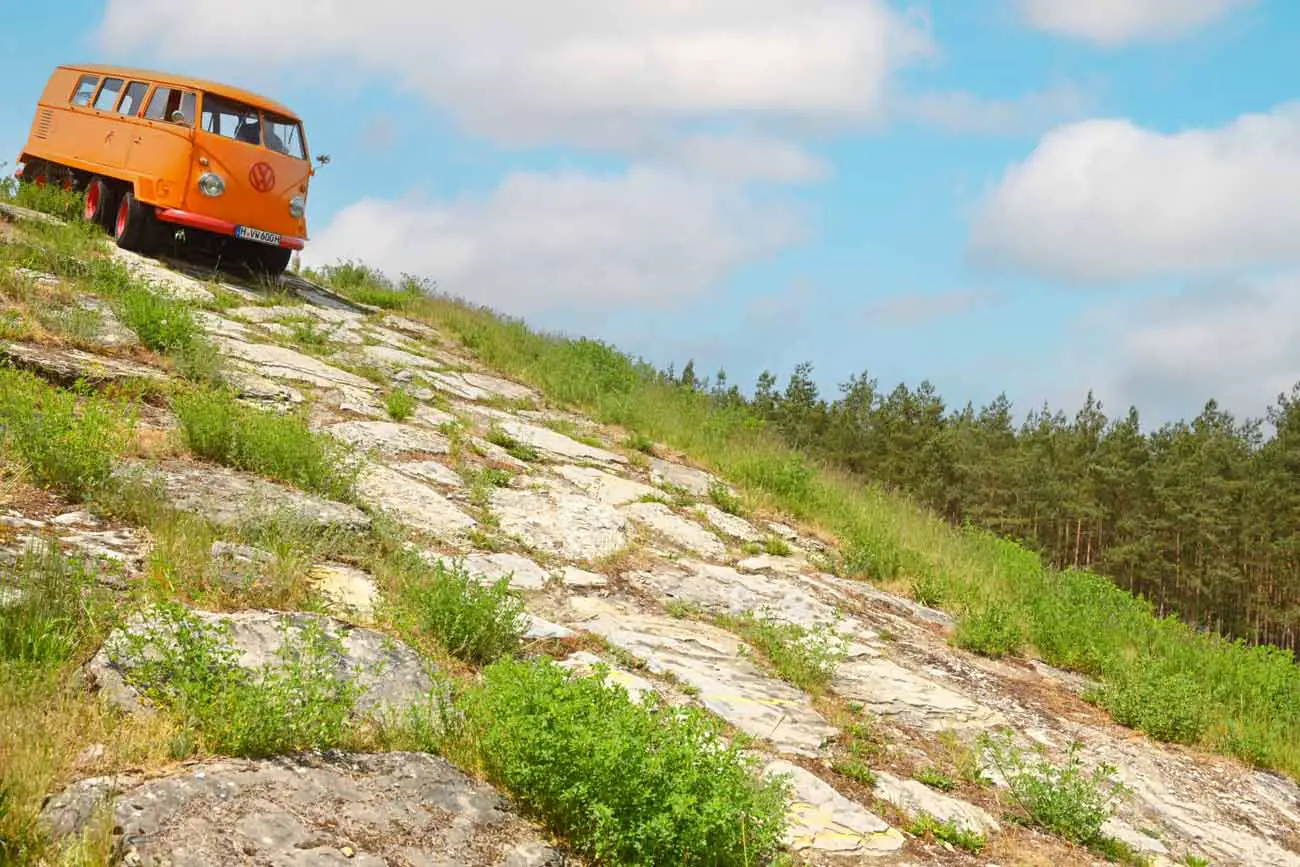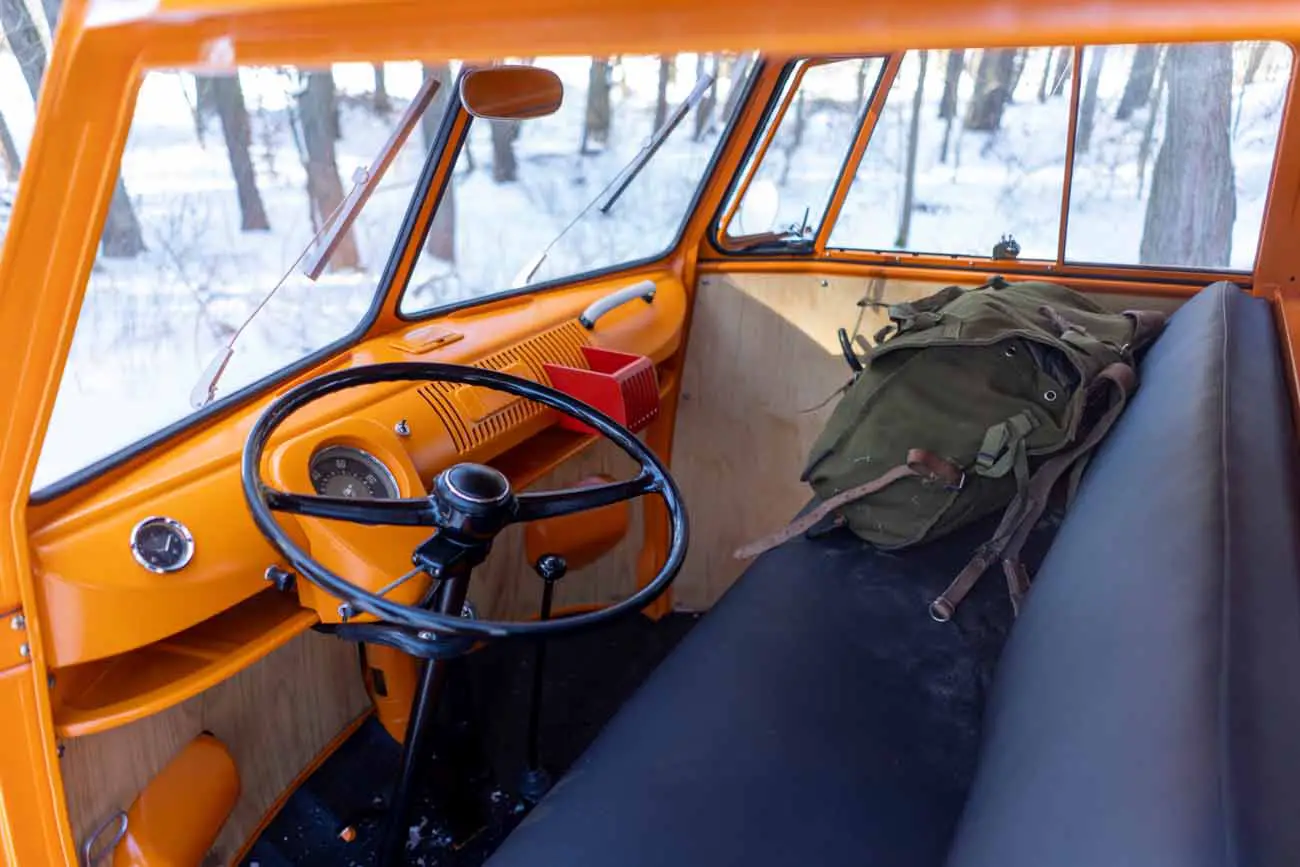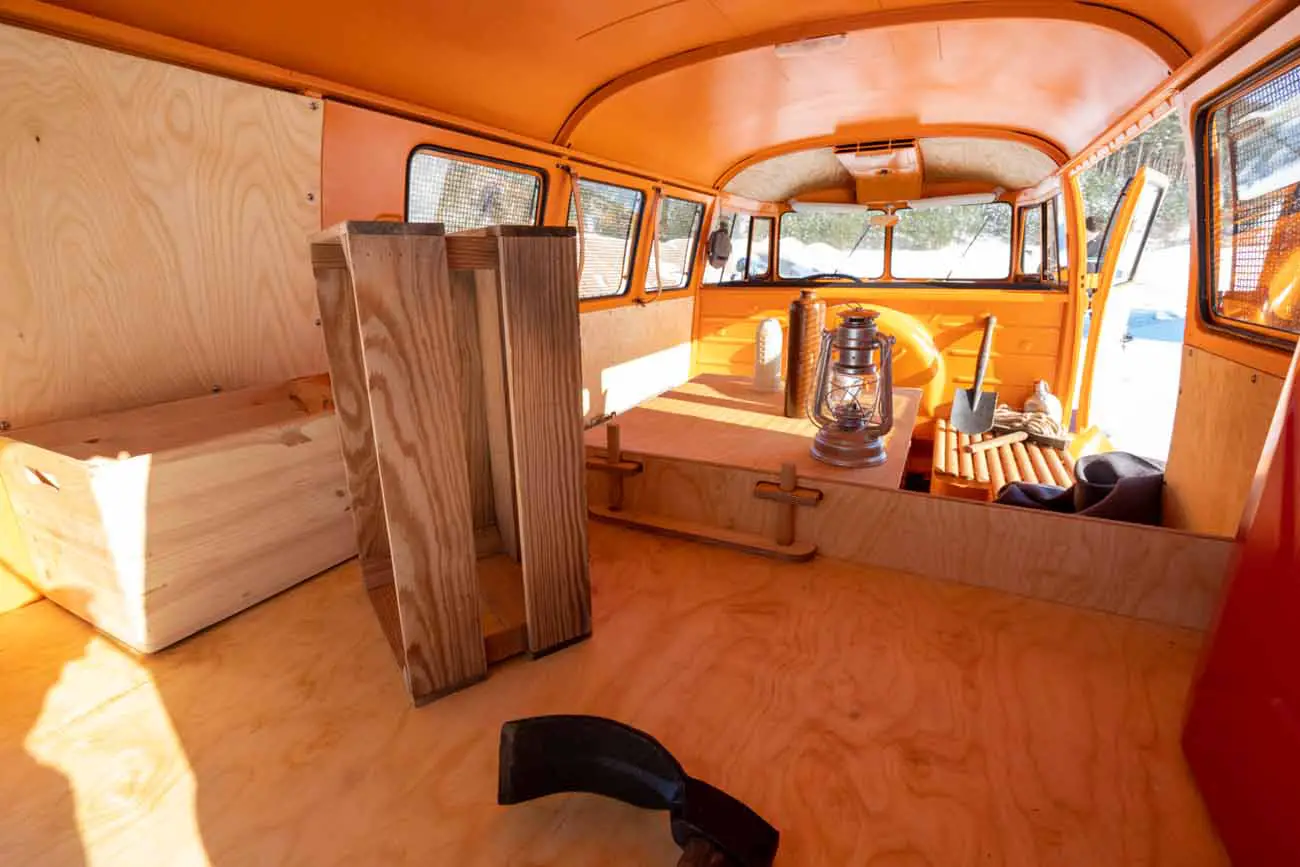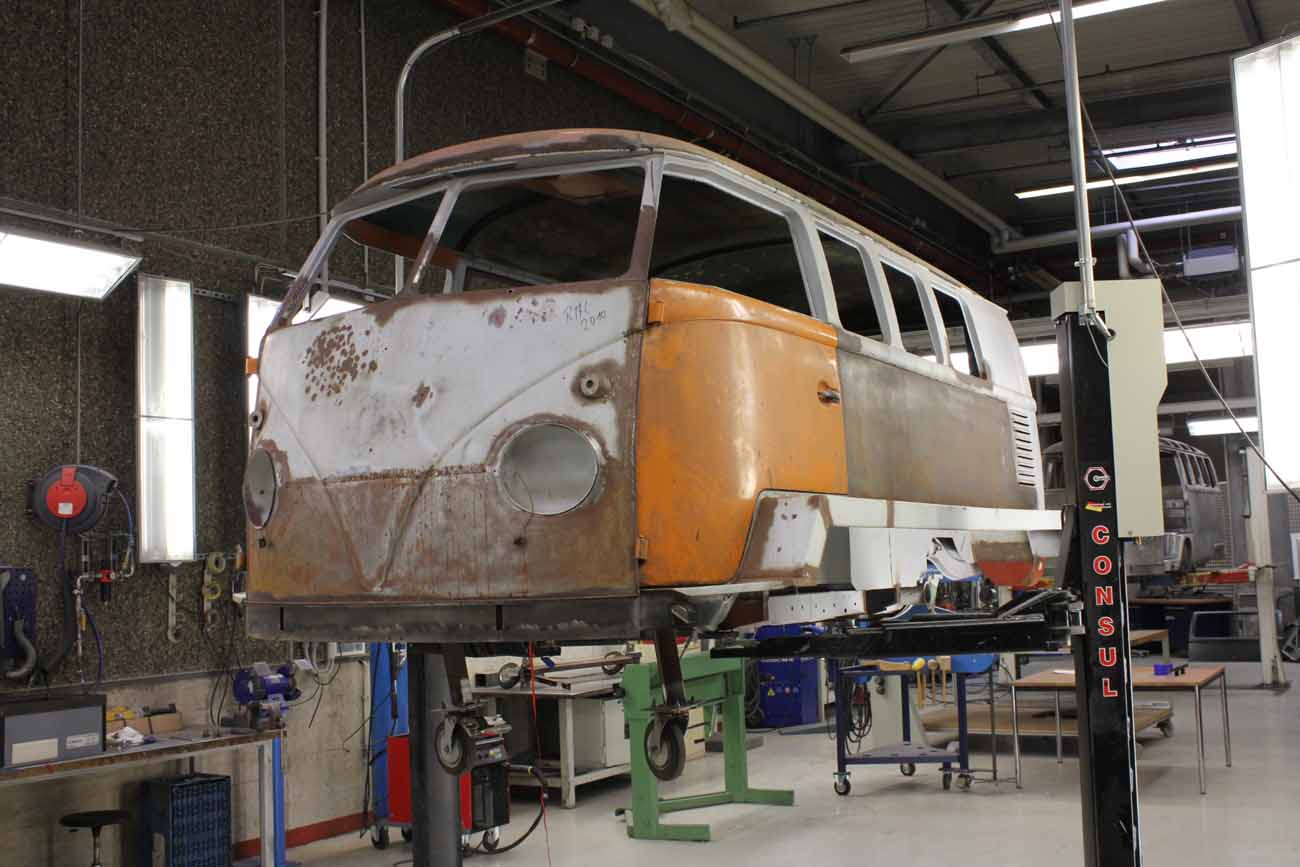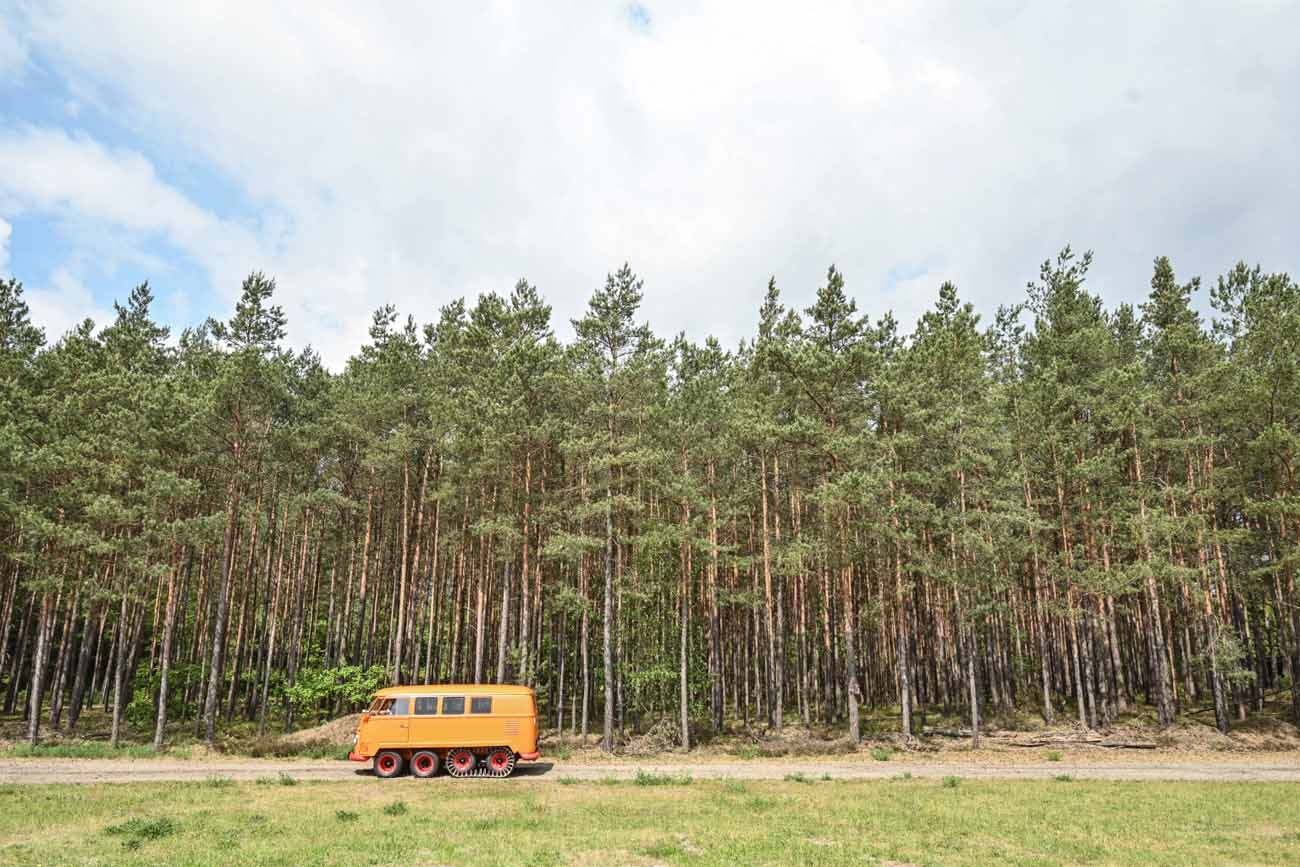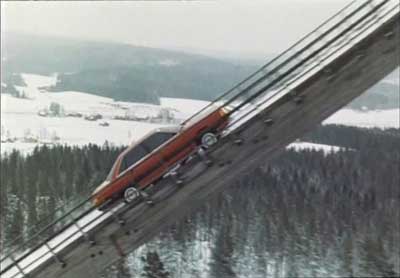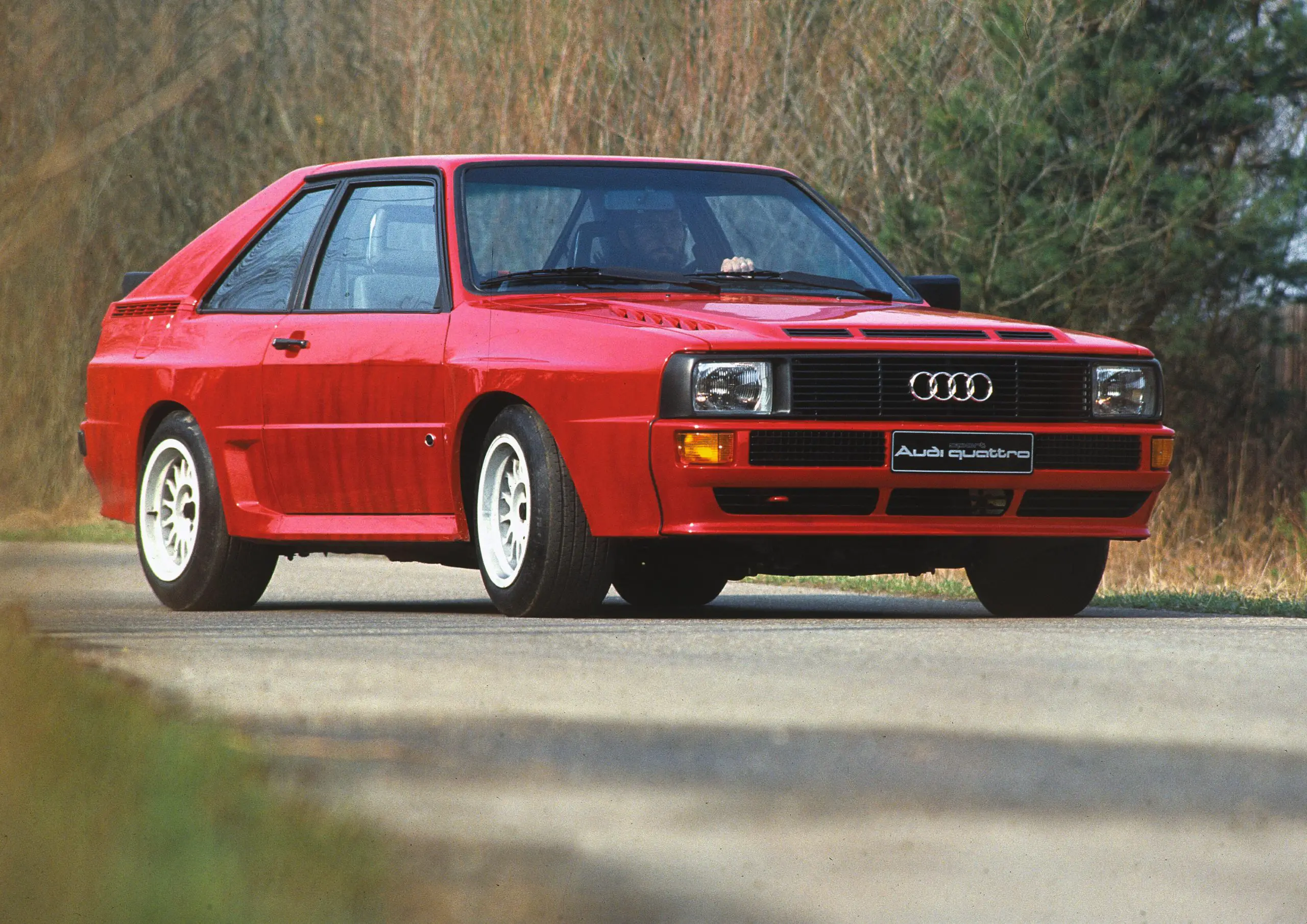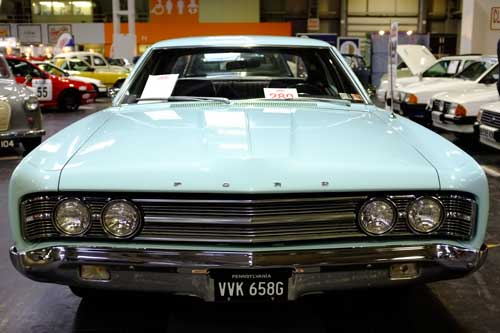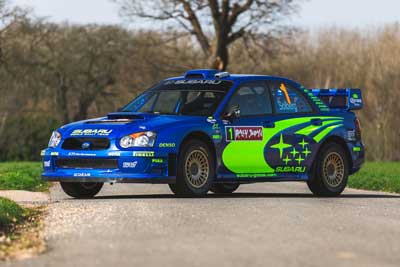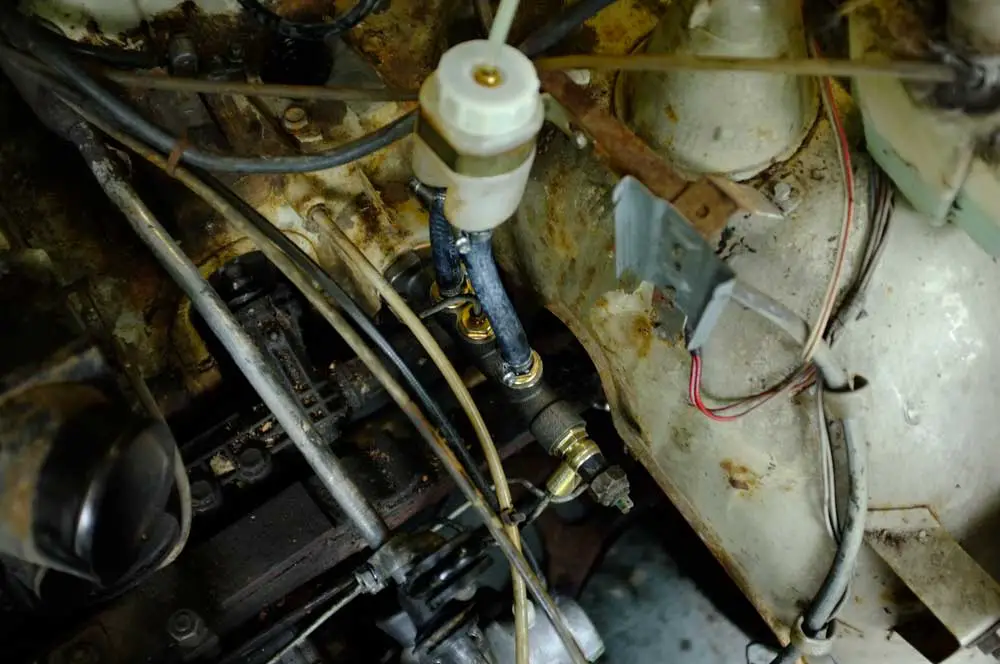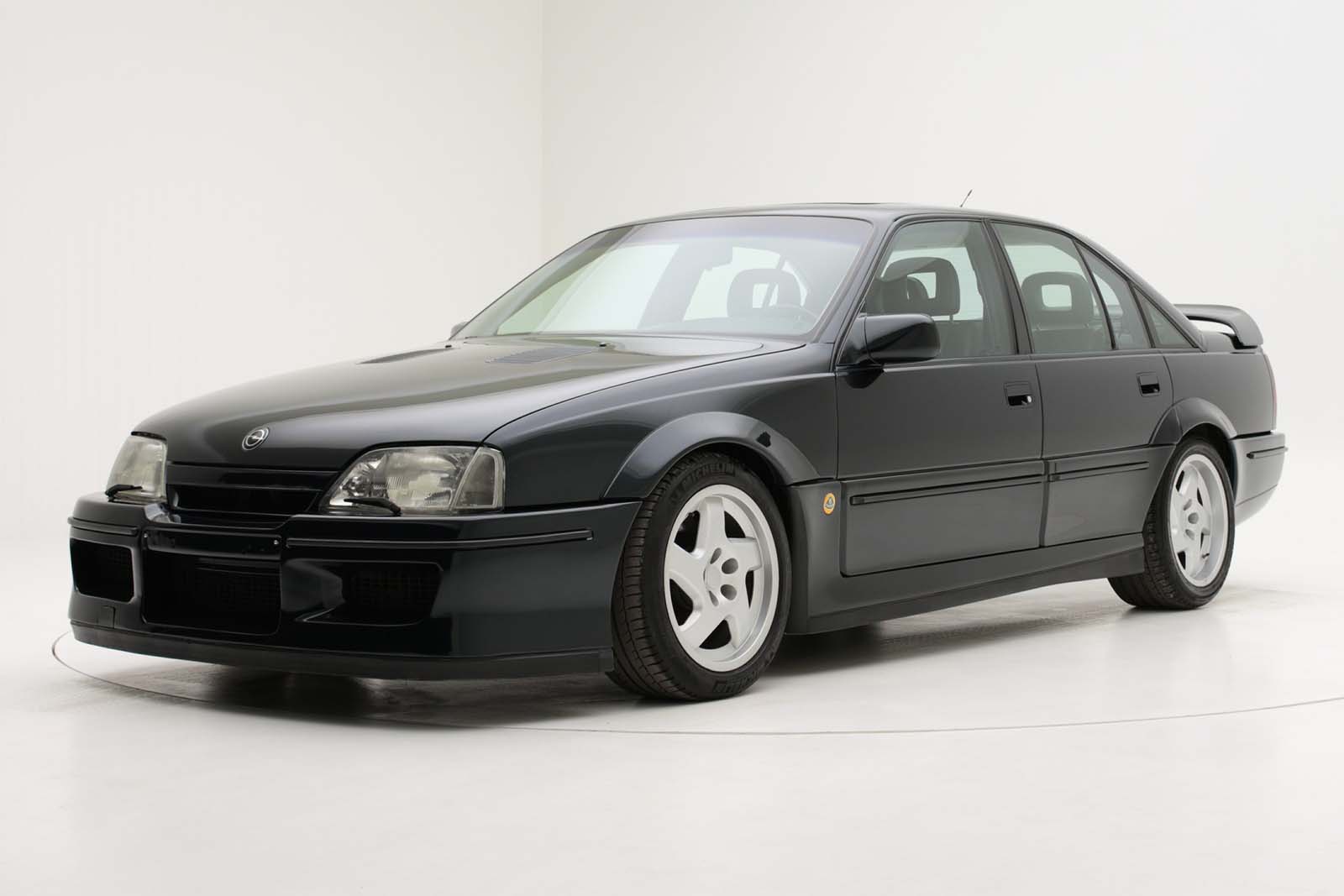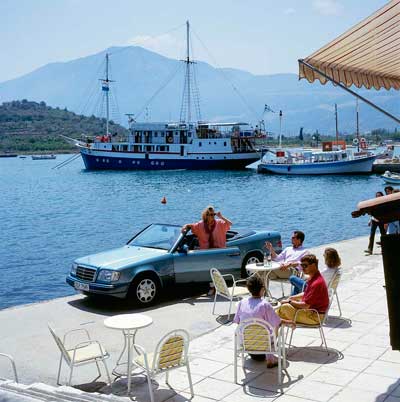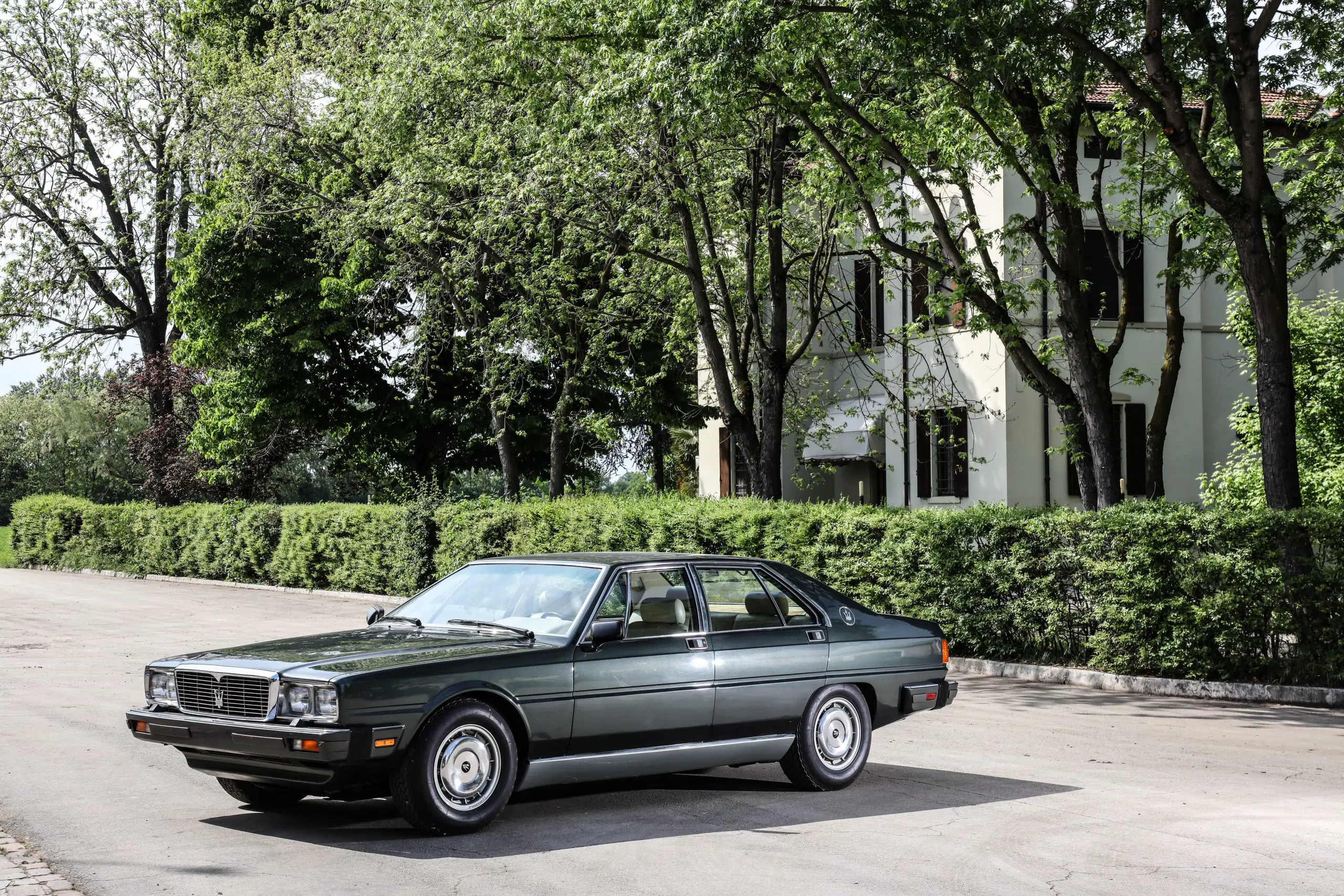
VW Classic Vehicles Restore The Volkswagen T1 Half-Track Fox 60 Years After It Was Built
VW Classic Vehicles have restored a unique 60 year old Half-Track T1 Fox with its unique configuration and chain drive.
The little Transporter became something of a mountaineer in its Alpine home. The T1 had four axles, two steering at the front and two chain driven rear axles. It’s probably the most unusual T1 ever built.
Originally built in Volkswagens Hannover plant in May 1962, it was sent off to the new owner in Austria. After only a short period as a normal T1 it was transformed into the half-track by a Volkswagen mechanic, Kurt Kretzner. The Bulli was turned into a T1 with two additional axles, four wheel steering and a chain drive mechanism at the rear. It became what is probably the most capable off road Bulli ever made.
The desired to build a more capable off roader came from the owner, who was said to be something of a good skier. He had found that in Austria there really weren’t that many vans that were off road capable. Certainly not that many, or that were easy to drive anyway.
“An ideal helper for everyone: mountain hut keepers, hunters, foresters, doctors, maintenance engineers for ski-lifts, TV and radio masts, pipelines and the like,” as Kretzner later wrote in his sales literature for the Half-track Fox.
“At first, I had a look around, but couldn’t find the vehicle I was dreaming of. So, I decided to build it myself.” Ferry Porsche once said and did with a Volkswagen as a base vehicle, so too did Kurt Kretzner.
It took four years to design and build the mountain climbing van. It seems that two Foxes were built up to 1968, but production ceased when it came to building the third. What we have here is likely the only survivor of the original pair.
Under the front of the Bulli was a steered double axle, each with a pair of 14″ steel wheels fitted with rough tread tyres.
That was pretty unusual, but at the back there is another double axle, this time with drive chains, mounted on 13″ wheels, which were custom designed featuring aluminium pieces fitted with two cm thick rubber blocks, to stop the van destroying any paved surfaces.
With the dual front steering axle the turning circle was less than 10 m, which meant that the Fox could almost turn within its own circumference.
Each wheel had its own brake, there was an automatic limited slip differential fitted to ensure that it would have even drive forwards, even in deep snow.
The standard T1 1,192 cc flat 4 engine was retained. With only 25 kW or 34 PS it’s not a fast vehicle, the top speed is only 35 km/h. Only slightly slower than the animal it took its name from.
Kurt Kretzner had wanted to build a tracked vehicle that was still easy to steer. The decision was to not use a system like a bulldozer, with chains on the front wheels, but the half-track configuration. This was an almost standard front end, just doubled, and left the Fox easer to drive than a fully tracked vehicle.
The promotion of the Fox was exaclt that, “The new, ideal, easy-to-drive Half-track Fox that lets you safely and comfortably master all difficult terrain. Snow, sand, stony ground, mountain meadows, small streams and woods can all be driven through in this vehicle.”
It should have been a sales success, even a minor one.
The Fox was rarely seen, even if its colour made it difficult to miss. In 1985 it appeared one more time in Vienna before being bought in the early 1990s by the Porsche Museum in Gmünd. After then it passed into the hands of the ‘Bullikartei e.V.’ A society of first generation Bulli lovers who started to try to restore it in 2005. Due to the logistical challenge of having members spread all over the country, the restoration was never completed.
By the end of 2018 the Half-Track Fox had come to be in the possession of VWCV Classic Vehicles. Their sole aim was to get the Fox running again with their guiding principle of “Erinnern. Erleben. Erhalten.”, Remember – Experience – Preserve.
There began a painstaking restoration process, the 60 year old bodywork was stripped of its paint, as with all factory restorations undertaken in Hannover. The repair work was done as needed before it was given a cathodic dip coating and being repainted in an original as possible shade of matt orange.
The reason for the colour choice was down to it being instantly recognisable in the countryside. It also helped contribute to the name.
The VWCV team also restored the mechanicals to an as new condition too. But the interior had no real specification, so the team were given total creativity to put in what they wanted. They chose wood components in beech and pine and adapted them to fit inside the Fox. They even installed practical tool holders.
It was back in February 2022 that the Half-Track Fox went out in the snow again. The drive train was especially impressive, with good traction. So good in fact that the driver had to back out of a climb due to the steepness, not because of the Half-Track Fox. It could keep going.
Hopefully they’ll have it out again.
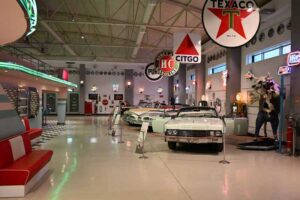
Ural Ataman Classic Car Museum – Istanbul, Turkey
This has to be one of the nicest private collections I have seen, the Ural Ataman Museum in Istanbul, turkey has not only a wide
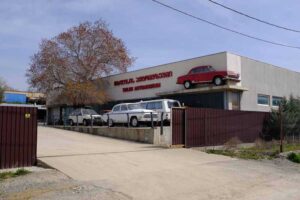
Tbilisi AutoMuseum Car Museum – Georgia
You may not have heard of this, but the small car museum in Tbilisi Georgia really has quite a lot to see. Buried in an
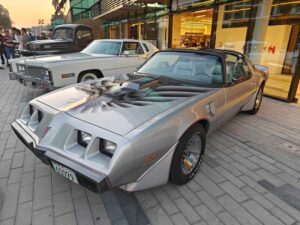
Bahrain Bike Week Classic Car Show December 2024
Bahrain Bike Week is the biggest event of its kind in the Middle East and the 2024 one was no exception. It’s not just the
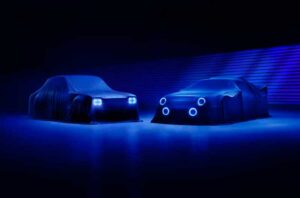
Ford Motor Company Bring Back Group 5 Mk1 Escort & Group B RS200 With The Help Of Boreham Motorworks
Ford have granted a licence to Boreham Motorworks, a division of the DVRN Automotive Group, to produce new versions of not just the Mk1 Escort
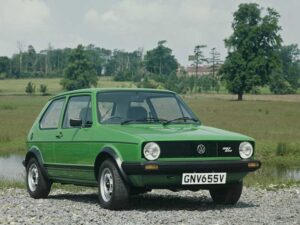
The VW Golf At 50 Years Old
Europe’s number 1 selling car the VW Golf has reached 50 years old this year, starting production on the 29th of March 1974. In
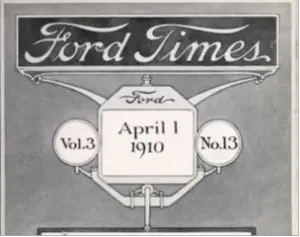
Ford’s Heritage Vault Makes The Ford Times Magazine Available To The Public
Ford’s expansion through the early 20th century was something to behold, the rapid growth of the company and the success of the Model T led
